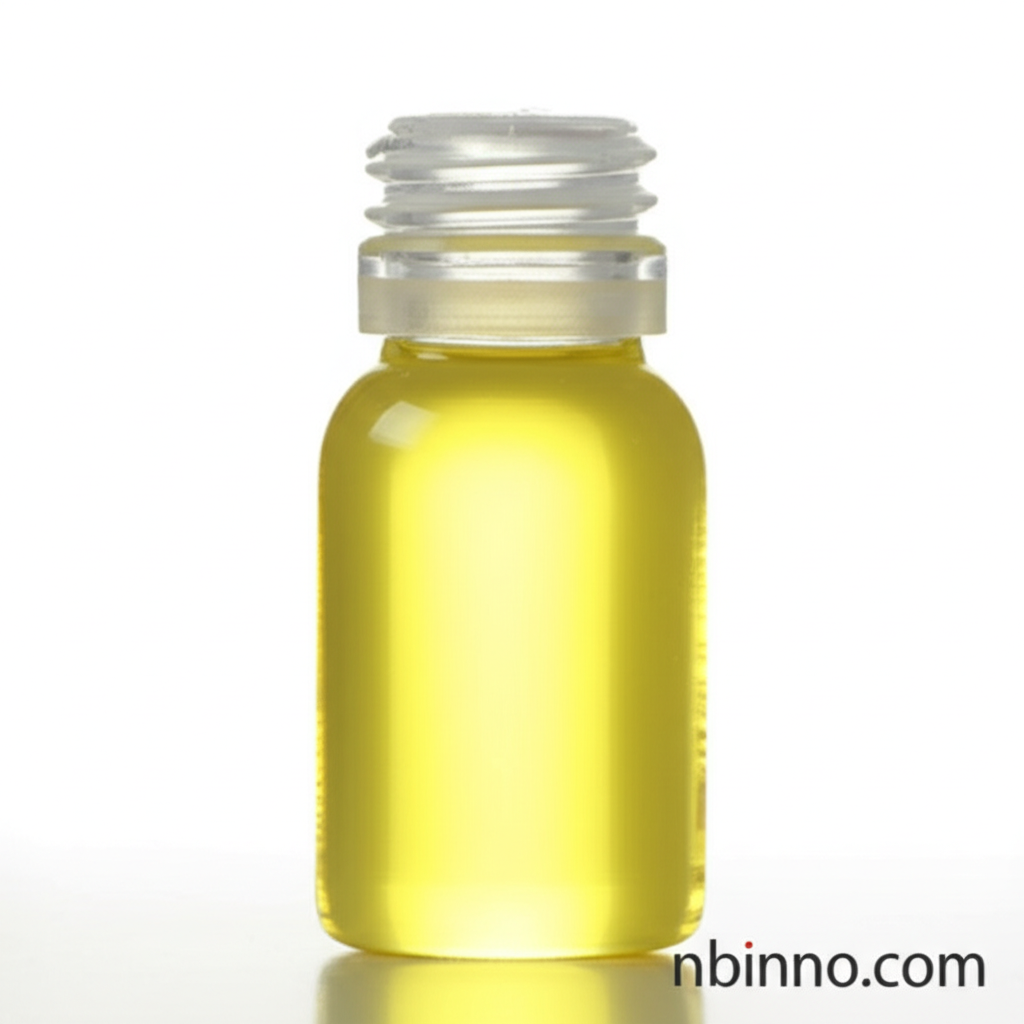Unlock the Potential of 3-Bromo-5-fluorobenzotrifluoride
A key chemical intermediate for advanced synthesis and research applications.
Get a Quote & SampleProduct Core Value

3-Bromo-5-fluorobenzotrifluoride
This highly versatile chemical intermediate, identified by CAS number 130723-13-6, serves as a critical building block in various complex organic synthesis pathways. Its unique combination of bromine, fluorine, and trifluoromethyl groups makes it invaluable for creating novel compounds, particularly in the development of pharmaceuticals and specialty chemicals.
- Explore the intricate world of organic synthesis building blocks with high-purity 3-Bromo-5-fluorobenzotrifluoride.
- Discover the utility of trifluoromethylbenzene derivatives in advanced chemical manufacturing.
- Leverage fluorinated building blocks for APIs to drive innovation in drug discovery.
- Source reliable chemical intermediate synthesis materials from trusted providers.
Key Advantages
Versatile Reactivity
The strategically placed halogen and trifluoromethyl groups offer diverse reaction sites, enabling complex molecule construction. This makes it a prime choice for exploring new frontiers in chemical synthesis.
High Purity Standard
Achieve reliable and reproducible results in your research and development thanks to the guaranteed high purity (typically 97% or greater) of this compound. This ensures the integrity of your synthetic processes.
Broad Application Scope
From crafting novel pharmaceutical intermediates to developing advanced materials, this compound is a cornerstone for innovation across multiple scientific disciplines.
Key Applications
Pharmaceutical Intermediates
Utilize this compound as a crucial starting material or intermediate in the synthesis of active pharmaceutical ingredients (APIs), aiding in the development of new therapeutic agents.
Specialty Chemical Synthesis
Incorporate this versatile molecule into the creation of bespoke chemicals for niche industrial applications, leveraging its unique structural features.
Organic Synthesis Research
Employ this building block in academic and industrial research labs for exploring new reaction methodologies and synthesizing complex organic molecules.
Materials Science
Investigate its potential use in the development of novel materials where specific aromatic and halogenated properties are desired.
